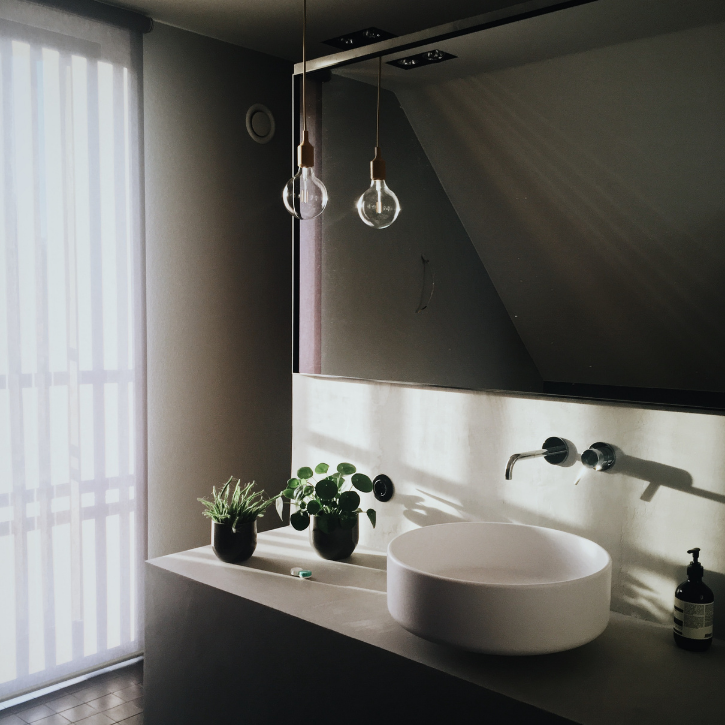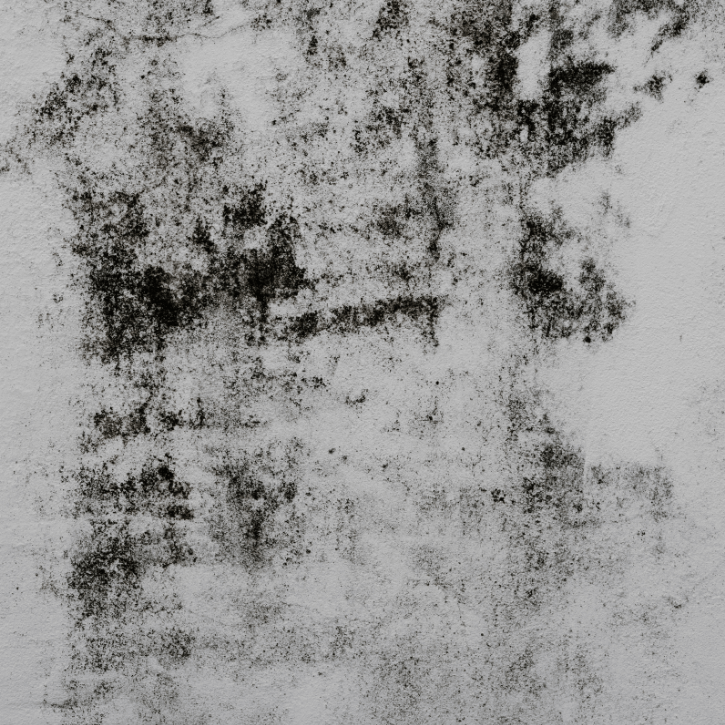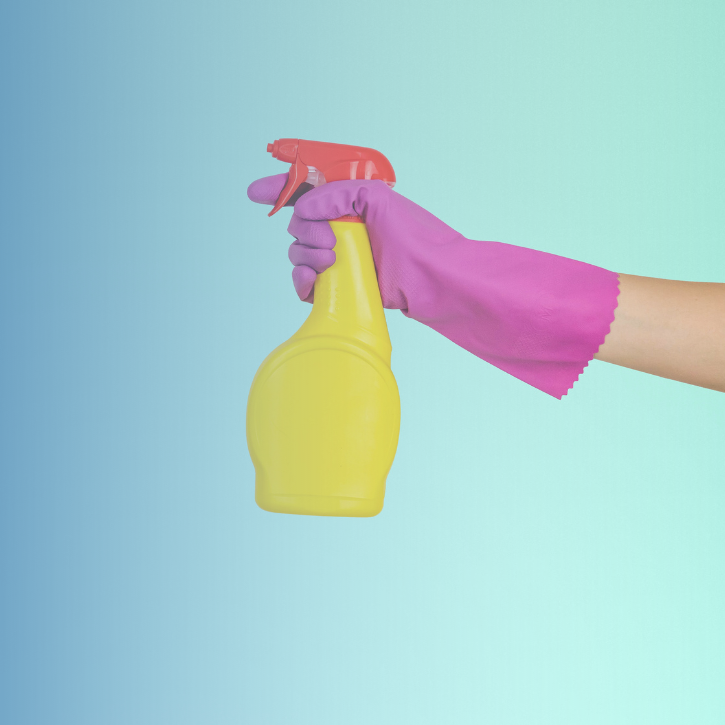Mold is commonly found in most homes, however, it can be potentially dangerous, we explain why mold develops in the first place, what you should know before attempting to clean it, and offer a handy step-by-step guide on cleaning mold in your home.

Bathroom mold development is one of the most common cleaning challenges you can face. All of your bathroom, but especially the silicone seals and the shower stalls, are a perfect breeding ground for mold. This challenge is amplified if you are renting your property, mold in the bathroom is considered damage to that area and unless removed it may impact your security deposit. Mold colonies love bathrooms, bathrooms are damp, poorly lit, enclosed spaces and air does not freely circulate, basically the perfect breeding ground for a mold colony. There is also plenty of nutrients available for these little critters to eat, soap residue can act as a substantial and nutritious meal for a mold colony. Over time, and often without you noticing, a small mold colony can expand and turn into a difficult cleaning challenge.
Other than being a pain and (if you're renting) jeopardizing your deposit mold can potentially be harmful to your health. In most cases, you can deal with mold yourself at home, with a few readily available cleaning supplies. However, if you have neglected mold growth for quite a while or simply did not notice it, mold can be tricky or impossible to eliminate simply by cleaning.
Suggested: How important is an End of Tenancy Cleaning | 10 Reasons to Use an End of Tenancy Cleaning Service | Bonus Cleaning
Why does mold develop?
Mold colonies love humid, damp, and dark places. AS you can see your bathroom more than accurately fits that description. Because your bathroom is often left damp, an unavoidable fact, for long periods, from just the act of taking a bath or shower, and is often poorly ventilated mold will easily develop there. Your shower, bathtub, or the whole bathroom will remain damp enough for long enough for mold to easily develop.
There are several types of mold, however, the most commonly found mold you can find in your bathroom is black. In most instances, you can deal with mold buildup in your bathroom yourself with no specialty tools necessary. However, for particularly heavy mold buildup you may need to use the help of professional cleaners and a reliable cleaning company.
What is black mold and is it dangerous?

Black mold and all types of mold for that matter grow and reproduce in ambient conditions with very little airflow. Black mold starts its life as spores which consistently over time develop into mold colonies. You will most often find black mold in your bathroom. Putting it simply, mold develops because of excess moisture in an enclosed space.
Stachybotrys chartarum or black mold is seldom found in nature as it does not compete well with other types of mold. Black mold needs specific conditions to develop, which are rarely found in nature, which, however, are entirely present in your bathroom. Black mold needs very specific conditions for development, constant ambient humidity, high amounts of cellulose, limited or no sunlight, poor air circulation, no other types of molds to compete with, large temperature shifts, and no nitrogen. Black mold is also toxic, however, not all strands produce toxins. Black mold produces a specific type of toxin, Mycotoxin, which is a toxic secondary metabolite of the fungi family. Mycotoxins are damaging to both humans and animals. There are many ways a person can come into contact with these toxins, inhalation, ingestion, skin contact and prolonged exposure over periods can be quite damaging. According to the NHS exposure to mold and mycotoxins can have several damaging consequences to your health. Molds produce allergens, irritants, and the aforementioned toxic substances. Molds can cause an allergic reaction, asthma attacks, sneezing a running nose.
Condensation or excessive moisture in your bathroom is not the only cause for mold, a leaking pipe, damaged roof, blocked gutters can all cause damp (penetrating damp) and lead to mold developing. A defective or completely non-existent damp course can also lead to (rising damp) damp developing which if left unattended will turn into mold.
If mold has already developed the most important and first step you should take is to remove it. Properly clean the affected areas and then figure out the cause of the problem, and try and eliminate it. If your mold problem is caused by more than just humidity in your bathroom you may need a specialized solution, a professional building company to resolve the issue.
Suggested: 10 Safe Cleaning Tasks For Kids | Bonus Cleaning
How to clean mold in a few easy steps?
Firstly, you should remove mold growths immediately. Mold will not go away on its own and the colony will keep expanding. If you leave mold unattended it will just amplify the problem and cleaning it will be impossible.
In this easy read leaflet, the NHS offers advice on how to stay safe when you are going to be removing mold yourself.
Never attempt to remove mold that has been caused by sewage or contaminated water as it is highly toxic. If this is the case contact a professional damp repair company.
The first step before you attempt to successfully treat the affected area and remove mold growths is to make sure that you have adequate protective equipment.
To clean moderate to low mold buildup you will need little more than bleach and dishwashing liquid, for heavily damaged areas we suggest that you contact a professional.
Regular household chlorine bleach is usually enough to successfully eliminate mold from most areas in your bathroom. Bleach, however, is quite aggressive in most instances when you are using it as a mold cleaning solution you will need to dissolve it with water. It is also important to understand when to stop. If mold from some areas of your bathroom is not coming out chances are it will not be possible for you to eliminate it through cleaning and repairs are needed.
A quick search online will yield a lot of results that advocate the use of bleach for mold cleaning. Bleach is effective (in some instances), however, it does have its drawbacks.
Firstly, if you were to go online most sources would suggest the use of simple chlorine bleach for cleaning mold-affected areas. Chlorine bleach will be effective on mainly non-porous surfaces, such as glass or metal.
When we are discussing how effective bleach is in treating and cleaning mold we do not only mean how effective it will be in wiping away the visible contamination. Chlorine bleach cannot penetrate porous surfaces, therefore, if it were to be used to clean mold on tiles, stone, or wood it will just wipe away the top layer of mold contamination but leave the root ends of the colonies intact, in short, the mold will come back again.
Mold will penetrate the surface it is growing on, so simply wiping it off is not enough. Most sources advise dissolving chlorine bleach with water, which on its own contains a fair bit of water. Bleach cannot penetrate the porous surface but the water can, after you clean an affected area with bleach, the bleach sits on the top of the surface and evaporates quickly, while the water, the main culprit that caused the issue in the first place is slowly left to penetrate deep inside your stone tiles or wood flooring.
Suggested: How To Clean Stainless Steel- 8 Ways To Clean Stainless Steel | Bonus Cleaning
There are also considerable possible side effects from using bleach on porous materials, the main one is that bleach can easily damage them. Bleach will start to slowly break down wood fibers, so if applied and reapplied over time it will damage the wood.
Porous surfaces or items, wood, tiles, or carpet may have to be thrown away as simply cleaning is not enough to eliminate the colony.
The EPA in the US no longer recommends using bleach for mold removal.
There are other detergents you can use to try and eliminate mold, borax, vinegar, baking soda, even dish soap, your success with these may vary.
Oxygen bleach is a better alternative than chlorine bleach. It comes in powder form and is dissolved in water. Oxygen bleach does dry slower and does penetrate porous surfaces. You can find oxygen bleach online and it is a much better and safer alternative to chlorine bleach.
Suggested: Quick Tip - How To Clean After The Builders | Bonus Cleaning
How to clean mold?

- We will list a step-by-step guide on how to clean mold in your home.
- Assess the damage - according to the EPA if the damaged area is less than 3 sq ft x 3 sq ft (less than 10 sq ft) you can clean the area yourself. Otherwise, you may need to contact a professional cleaning company.
- Make sure you wear protective equipment - gloves, eye goggles, protective overalls, or clothes that you don't mind potentially having to throw away and a face mask.
- Prepare your cleaning solution - no matter what sort of detergent you are going to use, make sure it is handy. We recommend 1 part oxygen bleach to roughly 4 parts water.
- Prepare the mold-affected area - if there is a leak make sure it is resolved before you start the cleaning process. As mentioned if the mold has been caused by contaminated water or sewage do not attempt to clean it yourself, contact a professional. Make sure the area is completely dry before you begin the cleaning process.
- Clean - apply the cleaning solution to the mold-affected area and let sit. Using a few cleaning cloths wipe away the mold and rinse thoroughly with water. Let dry completely.
Throw away any used cleaning cloths if necessary.
Suggested: Quick Tip - 5 Useful Tips On Cleaning Certain Areas of Your Property With Bleach | Bonus Cleaning
After cleaning you should thoroughly ventilate and heat your home.
Mold is caused by excess moisture, therefore, if the cleaning process has not adequately resolved the issue and the problem persists you may need a professional cleaning solution.
You need to identify the problem and resolve it, mold growth is often a symptom but not the disease itself. Make sure there are no structural issues to your property that are causing mold. If needed contact a professional and remember do not attempt to remove mold if the problem is persistent, if the affected area is large or if the problem has been caused by sewage or contaminated water.

